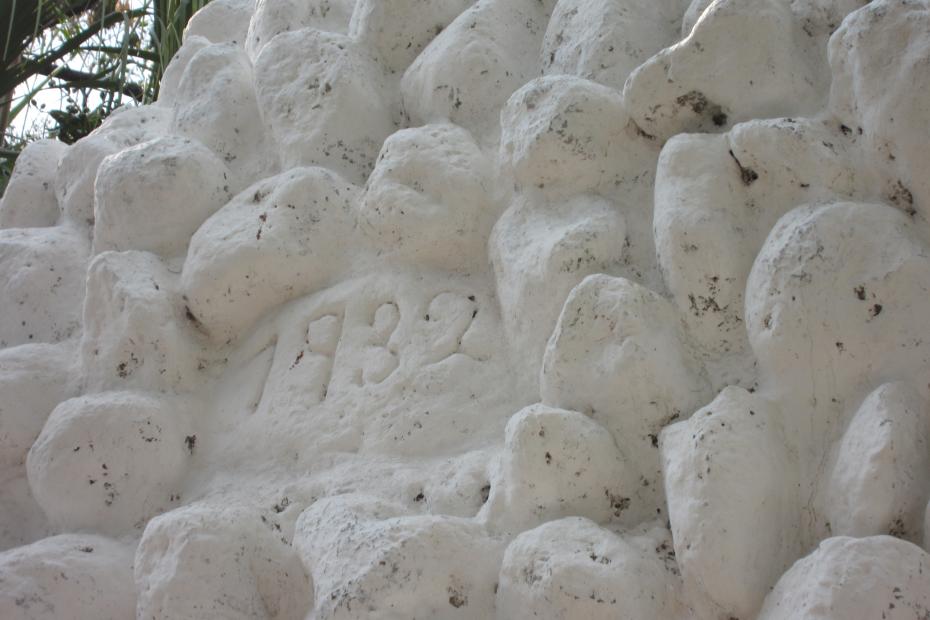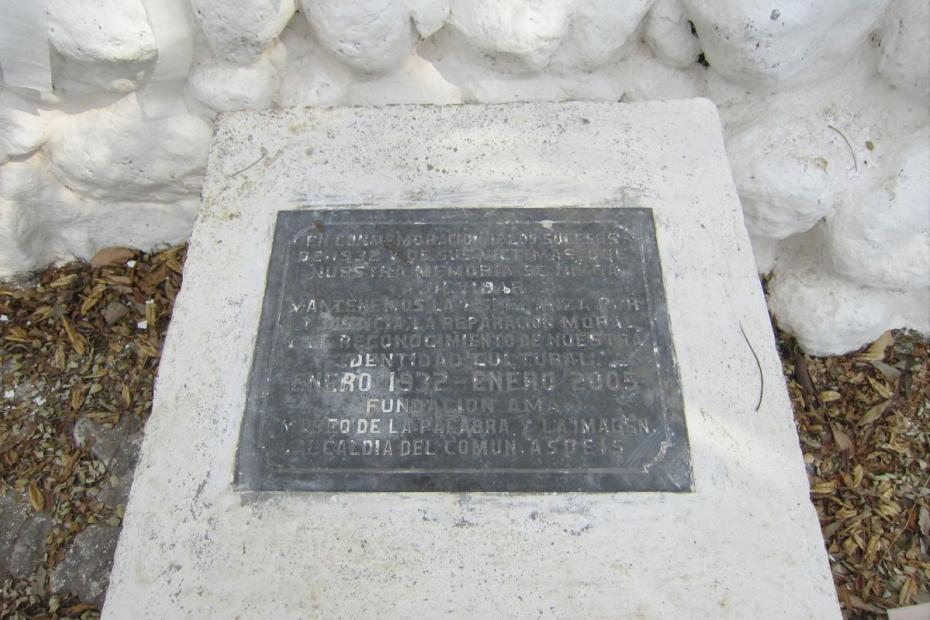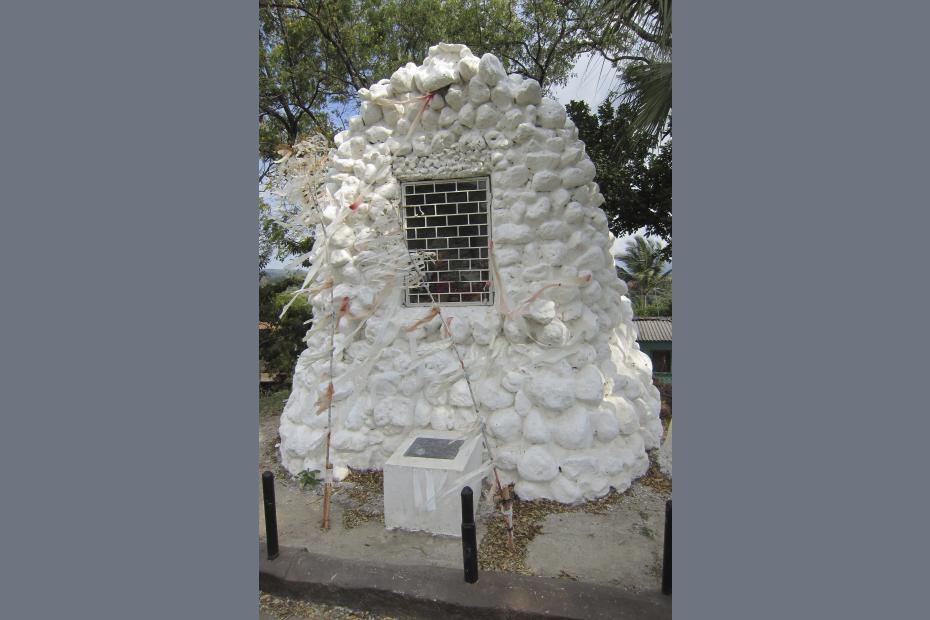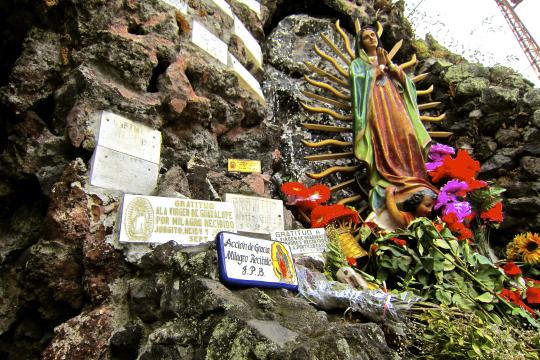The grotto inside the ruins of the original Nuestra Señora de la Asunción church in Izalco, El Salvador marks the graves of thousands of peasants killed by the army in reprisal for the indigenous peasant uprising in 1932. Bodies were buried there in shallow graves, marked only by a white Marian grotto. For decades, discussion of the uprising and its violent end were forbidden in El Salvador, and not discussed in school. Only in recent years has there been plaque placed that acknowledges the event.
Published:
Last Modified:



